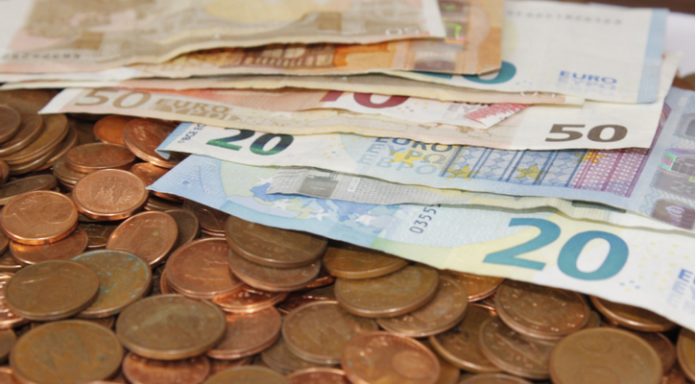Brexit headlines were once again working against the pound on Tuesday. Despite a strong start to the previous session, the pound fell versus the euro, dropping to a low of €1.1181. The pound continues to hover around its lowest levels versus the euro since late November.
| What do these figures mean? |
|---|
|
When measuring the value of a pair of currencies, one set equals 1 unit and the other shows the current equivalent. As the market moves, the amount will vary from minute to minute. For example, it could be written: 1 GBP = 1.13990 EUR Here, £1 is equivalent to approximately €1.14. This specifically measures the pound’s worth against the euro. If the euro amount increases in this pairing, it’s positive for the pound. Or, if you were looking at it the other way around: 1 EUR = 0.87271 GBP In this example, €1 is equivalent to approximately £0.87. This measures the euro’s worth versus the British pound. If the sterling number gets larger, it’s good news for the euro. |
With little in the way of high impacting UK economic data to drive pound trading, market participants were intently focused on Brexit headlines. At this stage, Brexit negotiations are centred around a post Brexit transition deal and the post Brexit EU-UK relationship, including any trade deal.
On Tuesday, the UK Prime Minister Theresa May received a blow to the chances of receiving a deep free-trade deal with the EU. Stefaan de Rynk , the main adviser to the EU’s Chief negotiator Michel Barnier stated that the rules of the single market were far more than just the mutual recognition of standards that Theresa May had pointed too in her speech last Friday.
These remarks from Stefaan de Rynk have been the fullest that the European Commission has given his Theresa May’s speech on Friday and suggest that they have already been dismissed. This means that the chances of an exceptional free trade deal that Britain is seeking, looks increasingly less likely to happen, meaning a hard Brexit could be on the cards. As a result, the pound dropped.
| Why is a “soft” Brexit better for sterling than a “hard” Brexit? |
|---|
| A soft Brexit implies anything less than UK’s complete withdrawal from the EU. For example, it could mean the UK retains some form of membership to the European Union single market in exchange for some free movement of people, i.e. immigration. This is considered more positive than a “hard” Brexit, which is a full severance from the EU. The reason “soft” is considered more pound-friendly is because the economic impact would be lower. If there is less negative impact on the economy, foreign investors will continue to invest in the UK. As investment requires local currency, this increased demand for the pound then boosts its value. |
Today is another quiet day on the UK economic calendar, meaning that any Brexit news will be the central focus of trading.
Eurozone retail PMI boost euro ahead of GDP data
The euro was well supported in the previous session after a raft of positive retail purchasing manager’s index (pmo) Figures showed that retail activity increased by more than what analysts had anticipated in both Germany, the economic powerhouse of Europe and in the eurozone itself. These numbers show that consumers continue to spend in the bloc, with is good news for the economy and inflation pressures and therefore good news for the euro.
| How does strong jobs data boost the currency? |
|---|
| It works like this, when there is low unemployment and high job creation, the demand for workers increases. As demand for workers goes up, wages for those workers also go up. Which means the workers are now taking home more money to spend on cars, houses or in the shops. As a result, demand for goods and services also increase, pushing the prices of the good and services higher. That’s also known as inflation. When inflation moves higher, central banks are more likely to raise interest rates, which then pushes the worth of the currency higher. |
Today market participants will look towards Eurozone GDP data for more precise update on the strength of the EU’s economy. Economic growth in the eurozone is forecast to be 2.7% year on year. Should the data beat analysts forecast the euro could rally.
|
This article was initially published on TransferWise.com from the same author. The content at Currency Live is the sole opinion of the authors and in no way reflects the views of TransferWise Inc. |





